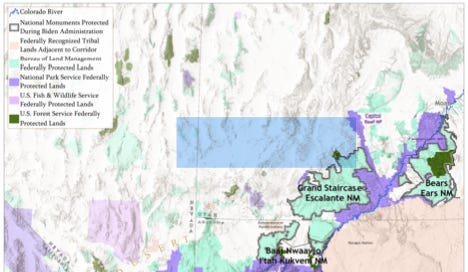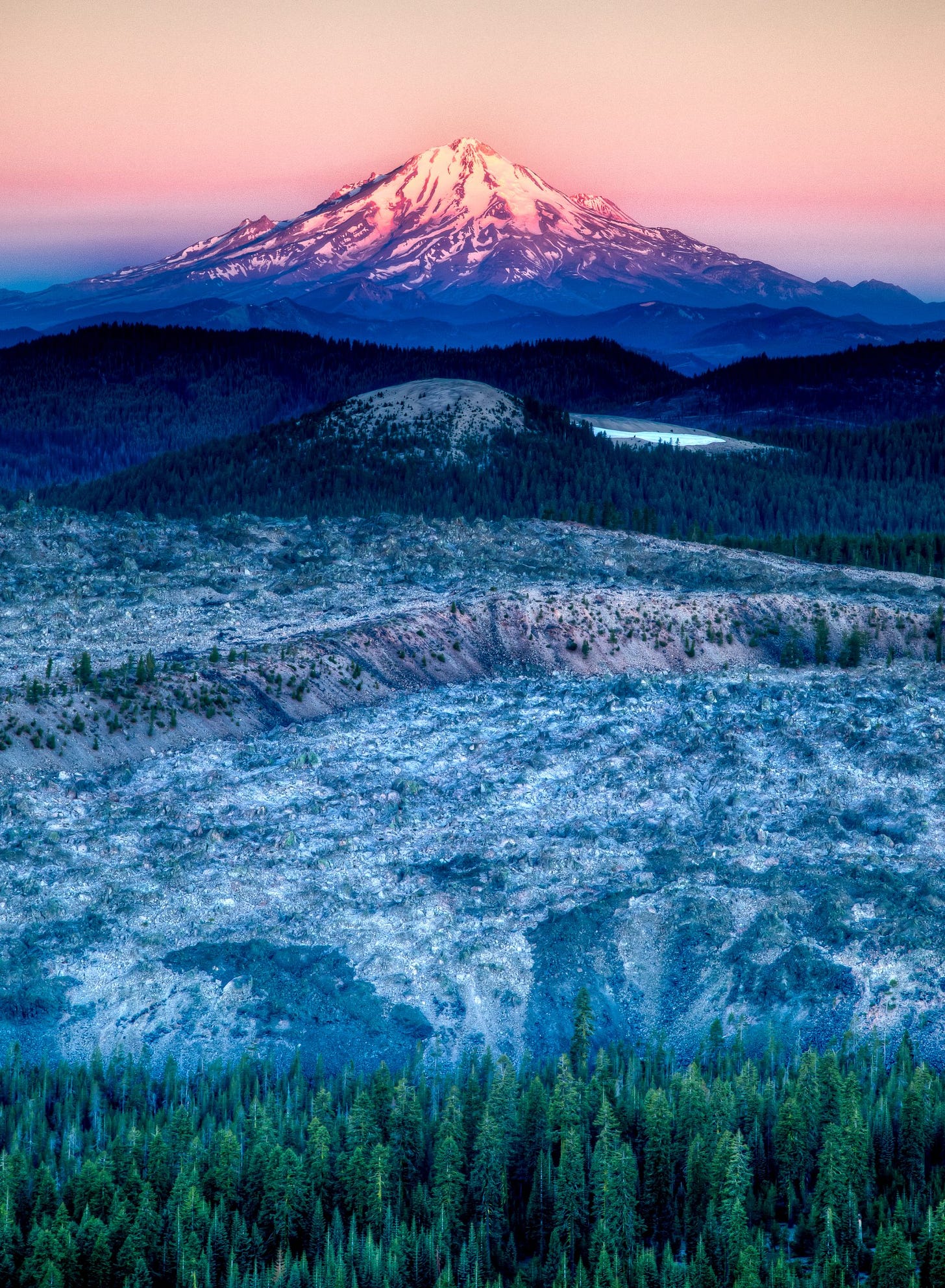Just Before Leaving Office, President Biden Creates Two New National Monuments Through the Antiquities Act.
Biden attempts to cement his conservation legacy while exiting the White House. President-elect Trump is going to aggressively change directions, favoring fossil fuel and mining interests.
President Joe Biden traveled to California’s Coachella Valley yesterday (January 7, 2025) to designate two new National Monuments. Together, the newly designated Chuckwalla National Monument in Southeastern California and the Sáttítla Highlands National Monument along the Oregon border will protect 848,000 acres. Presidents can designate National Monuments through executive powers Congress granted them through the Antiquities Act of 1906.

Creating Chuckwalla has been a long-term effort through a coalition of conservationists, indigenous people, and local economic development efforts focused on tourism and outdoor recreation. Chuckwalla provides additional land to the Moab to Mojave Conservation Corridor, a stretch of protected land that covers almost 18 million acres along its 600 mile route. Bordering Joshua Tree National Park, Chuckwalla National Monument protects numerous cultural and historically significant places important to local indigenous people and tribes, as well restricting mining, drilling, wind, and solar energy development.
At Satittla Highlands core is the Medicine Lake Volcano, a massive dormant volcano that, according to the White House, is 10 times the size of Mount St. Helens in Washington. The unique geology of Medicine Lake Volcano includes large areas of cave-like lava tubes and unique rocks and minerals important indigenous traditions.
The White House pointed to Biden’s conservation record, saying that Biden has advanced “the most ambitious conservation agenda in U.S. history.” The Biden Administration says that in their four-year term they have “conserved more lands and waters, deployed more clean energy, and made more progress in cutting climate pollution and advancing environmental justice than any previous administration.”
Biden also has conservation critics, saying that he could have used executive authority to protect more areas. Critics also point out that the Biden Administration has presided over record oil production in the U.S., and has reneged to some degree on their promise to stop issuing drilling permits on public lands and waters.
Trump has a track record of using the Antiquities Act to roll-back protections for federal public land. During his first term, he opened up large parts of Bear’s Ears and Grand Staircase National Monuments in Utah to mining and drilling. Trump is also calling regularly for wildly expanding mining and drilling on federal public lands.
National Monument designation does not end all activities, like hunting and ATV sports. Monuments often increase recreation access and opportunities. Many monuments also allow existing users to continue foraging livestock or harvesting timber. These facts are often ignored—or regularly misunderstood—in policy debates about federal public land management.
National Monument designation can be a real source of change in many rural communities. Monument designation can bring many more tourists and development pressure at communities in and around the protected land. That means growth, jobs, and more amenities, but also a housing access and affordability problem. Many workers in these service industry jobs can’t afford to live in booming rural outdoor recreation hubs. It can be a mixed bag for the people who lived in the area prior to any rural-sized tourism boom.
ADVICE FROM THE COCKLEBUR: If possible, when you’re itching to get out there touristing or adventuring in some form, go in the off-season and through the week. Some of my favorite places in the world to hang out are small towns in the off-season located right beside a monument or park or preserve. You can often get a good deal, and the restaurants, gas stations, grocery stores, hotels, bars, and trinket dealers will thank you for it. Off-season.
The Cocklebur covers rural policy and politics from a progressive point-of-view. Our work focuses on a tangled rural political reality of dishonest debate, economic and racial disparities, corporate power over our democracy, and disinformation peddled by conservative media outlets. We aim to use facts, data, and science to inform our point-of-view. We wear our complicated love/WTF relationship with rural America on our sleeve.




